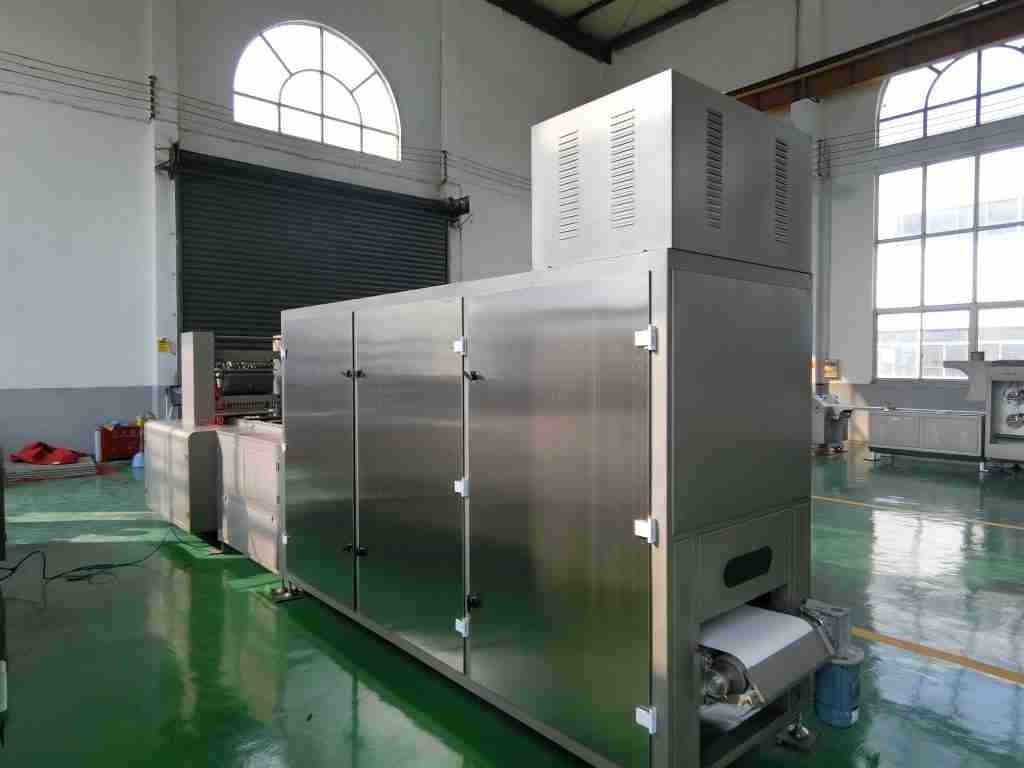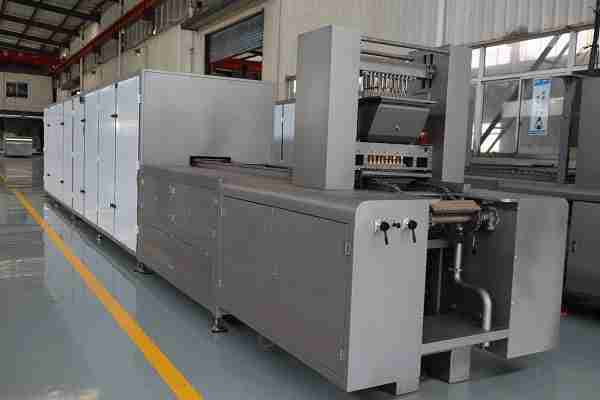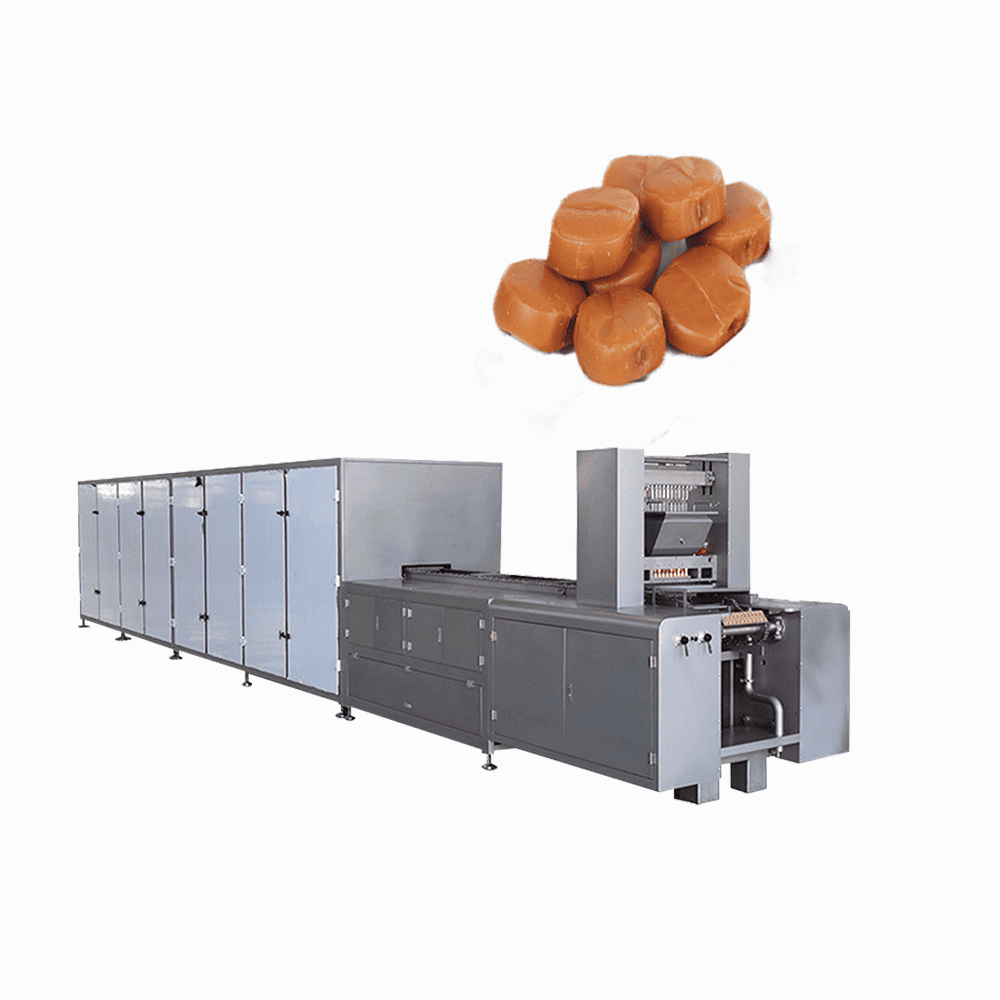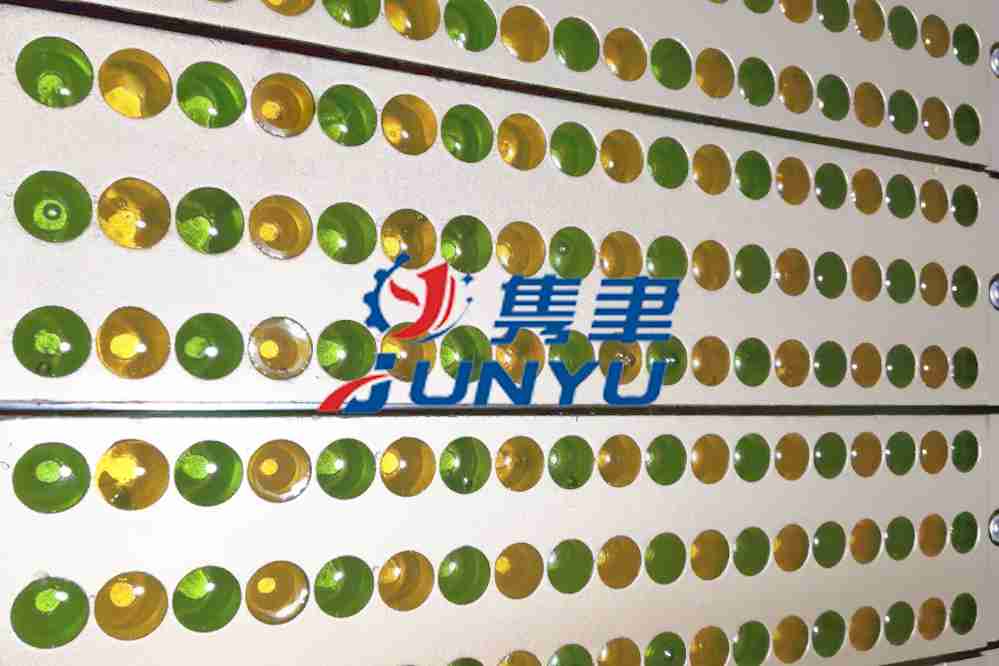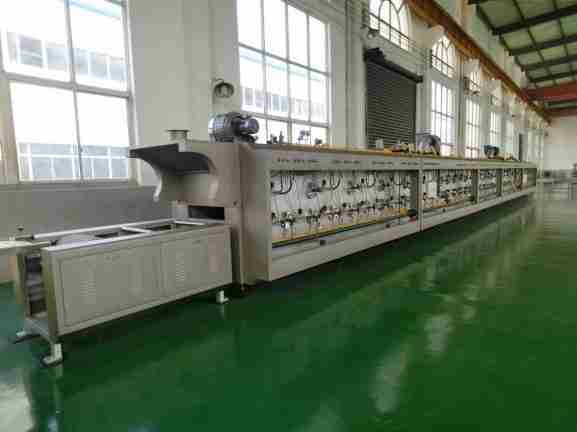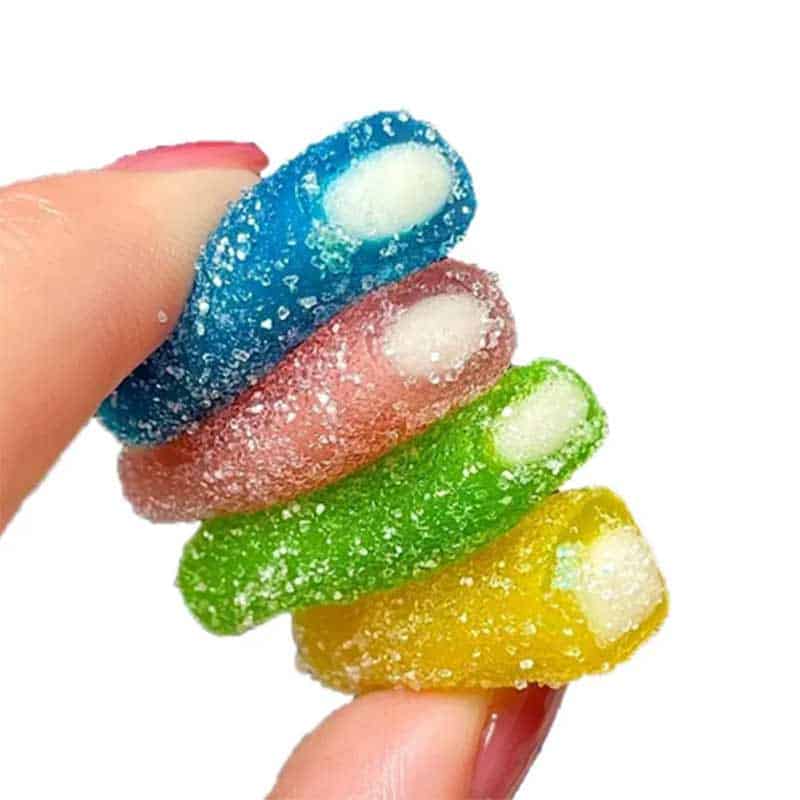As the demand for jelly candies continues to grow, manufacturers are constantly seeking ways to increase production efficiency while maintaining product quality. Automation has emerged as a key solution in the confectionery industry, offering the potential to streamline processes, reduce labor costs, and ensure consistency.
This comprehensive article explores the automation capabilities of jelly candy making machines and how they contribute to higher efficiency in candy production.
1. Understanding Automation in Manufacturing
Automation involves the use of control systems and information technologies to reduce human intervention in the production process. In the context of jelly candy making machines, automation can encompass various stages of candy production, from ingredient preparation to final packaging.
2. Benefits of Automation
The benefits of automating jelly candy making machines are numerous, including increased production speed, reduced labor costs, enhanced product consistency, improved safety, and the ability to produce a wider variety of products.
3. Automated Ingredient Handling
Automation begins with the handling of ingredients. Automated systems can precisely measure and mix ingredients, ensuring the right proportions and eliminating human error. This can also include the automated delivery of ingredients to the machine.
4. Programmable Logic Controllers (PLCs)
PLCs are used to control the machine’s operations. They can be programmed to execute complex sequences of actions, making the production process more efficient and reducing the need for manual intervention.
5. Automated Mixing and Cooking
Advanced jelly candy making machines can feature automated mixing and cooking processes. These systems control the speed, temperature, and duration of the mixing and cooking to achieve the desired candy consistency.
6. Robotic Filling Systems
Robotic arms and automated filling systems can precisely deposit the candy mixture into molds. This not only increases the speed of production but also ensures uniformity in the size and shape of the candies.
7. Automated Cooling and Setting
Automated cooling systems can control the temperature and duration of the cooling process, which is critical for the gelling of jelly candies. This ensures that candies set uniformly and are ready for the next production stage.
8. Demolding and Ejection Automation
Automated demolding systems can gently remove the candies from molds without damaging their shape or texture. This process can be integrated with robotic systems for seamless transition to the next stage.
9. Automated Cutting and Shaping
For candies that require specific shapes or sizes, automated cutting and shaping machines can achieve this with precision. This eliminates the need for manual cutting and improves product consistency.
10. Continuous Motion Production Lines
Some jelly candy making machines are designed for continuous motion production. These machines move candies through various stages of production without stopping, significantly increasing efficiency.
11. Automated Quality Control
Automated quality control systems can inspect candies for defects, ensuring that only high-quality products move forward in the production process. This can include vision systems and sensors to detect irregularities.
12. Packaging Automation
Automated packaging machines can wrap, seal, and package candies at high speeds. They can also label and code packages, making the final product ready for distribution.
13. Integration with Enterprise Systems
Automated jelly candy making machines can be integrated with enterprise resource planning (ERP) systems, allowing for real-time tracking of production data and inventory management.
14. Energy Efficiency
Automated machines can be designed to be energy efficient, reducing the overall energy consumption of the production process and contributing to environmental sustainability.
15. Customization and Scalability
Automation allows for greater customization and scalability in production. Manufacturers can adjust the production process to meet changing market demands or scale up production during peak seasons.
16. Training and Skill Development
While automation reduces the need for manual labor, it also creates a demand for skilled workers who can operate, maintain, and troubleshoot automated systems.
17. Return on Investment (ROI)
Investing in automation can offer a strong return on investment through increased production efficiency, reduced labor costs, and improved product quality.
18. Challenges of Automation
Despite the benefits, automation also presents challenges, such as the initial cost of automation equipment, the need for skilled operators, and the potential for technical issues that can disrupt production.
19. Future Trends in Automation
The future of automation in jelly candy making machines may include advancements in artificial intelligence, machine learning, and the Internet of Things (IoT), further enhancing efficiency and productivity.
20. Conclusion: Embracing Automation
Automation has become an integral part of the confectionery industry, offering manufacturers the ability to produce jelly candies with higher efficiency and consistency. By embracing automation, manufacturers can stay competitive in a rapidly evolving market.


